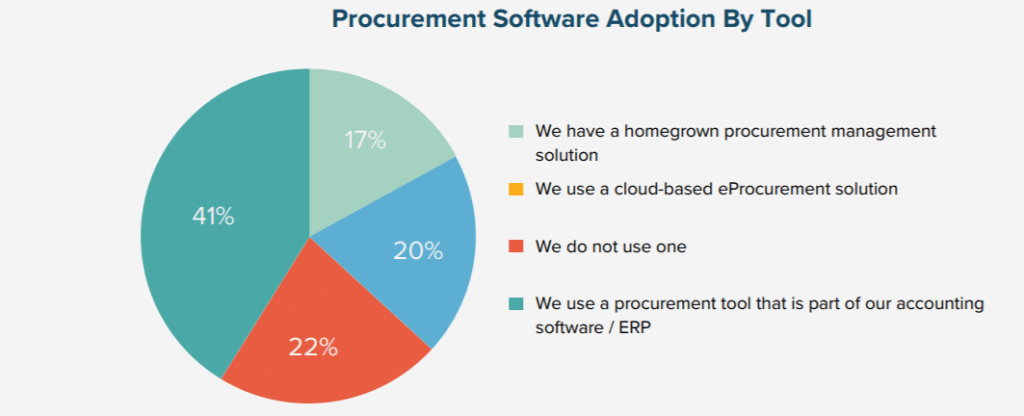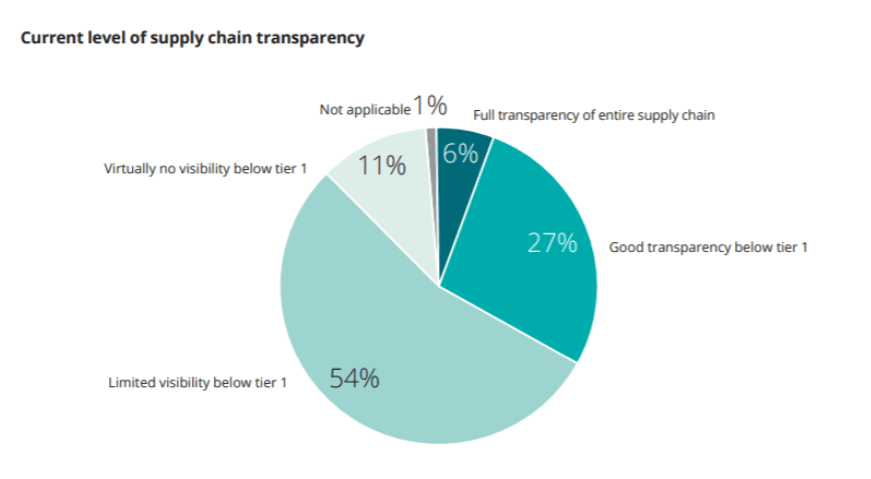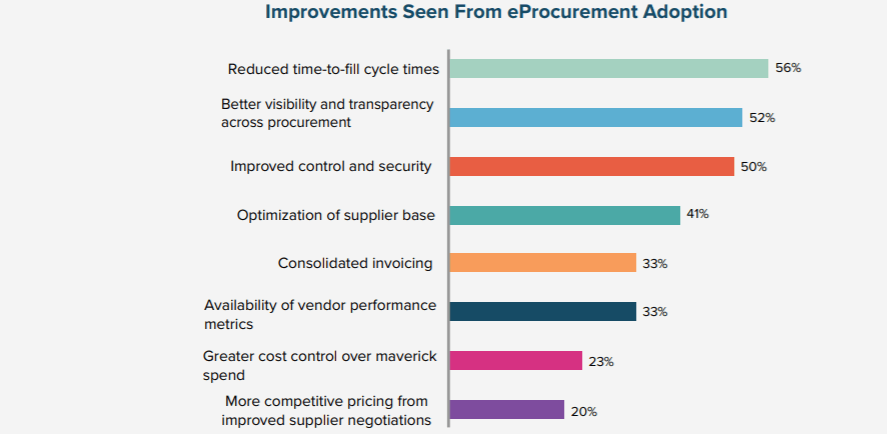As a procurement professional, you know the importance of recognizing your company’s needs and responding to them. One of your most important responsibilities, vendor selection can produce an impact that affects your job performance. As you face challenges that may lie outside of your span of control, you need to work with management to get internal approval of the prices and terms that you arrange. A complex set of tasks, the procurement process cycle involves a combination of purchasing and securing.
Looking for Efficiencies
The traditional details of your job include executing purchase orders, making sure of order details, scheduling delivery and confirming payment. Studies at Levvel Research show that most organizations continue to use a manual procurement process cycle.

Companies do not deny the value of electronic processing software that properly controls spending across all departments, purchasers, and budgets. However, the failure to adopt and implement it results in high costs and high amounts of maverick spend. You may gain some efficiencies for your company by optimizing your procurement process.
Fixing 9 Common Mistakes
As a motivation for improving the procurement process cycle, you may decide to identify some costly mistakes that have easy fixes. By removing the practices that can occur over time, you can reduce their impact on your company’s revenue picture.
1. Negotiate for a better price
You may get a better price if you ask for it, but you may improve your chances with a bargaining chip. Ask your suppliers to negotiate on your repeat orders if you agree to pay early. We recently outlined some of the best ways to secure early payment discounts. Once secured, accounts payable software can manage the payments for you.
2. Stay in touch with your suppliers
Use automation to allow vendors to access your system with a supplier self-service portal. By letting them stay in touch automatically, you never miss essential communications from them, a sure way to maintain good relationships. Supply chain transparency is key, for both procurement and vendors, yet, according to Deloitte’s Chief Procurement Officer Survey, only 6% of respondents claim to have full transparency of their supply chain.

Supplier management is an important aspect of any procurement process cycle, so make sure lines of communication with your suppliers are maintained.
3. Share budgetary updates with your supply chain
No one wants to go over budget guidelines, but a lack of coordination, communication or both can let it happen. You can make sure that all the links in your supply chain receive your regular budgetary updates. Let procurement software implement controls in the procurement cycle that govern spending.
4. Take time to make buying decisions
A little research can locate the best deal while you double-check with colleagues about the necessity for purchases. While an urgent need to acquire products may press significantly on your time, a rushed decision can prove costly. Investment in advanced market intelligence and purchase order software can make it easier to check on the quantity that you ordered the last time and how much you paid.
5. Collaborate and communicate with other departments
Your willingness to collaborate on major decisions that affect other departments can improve efficiency, and it prevents you from going it alone. Open lines of communication encourage people to use them, and the information that they produce can save time and money. Automation of departments with software that allows them to work together can create beneficial changes.
6. Consider using a flexible approach
Strict adherence to a set of controls can limit your ability to respond quickly to opportunities or emergencies that may occur. In case suppliers run out of a product that you need or if a better deal comes along, you need to respond. However, you have put controls in place to help manage the procurement process cycle.
7. Set up an internal policy
To balance your incorporation of flexibility, you need to establish a clear policy that governs your procurement strategy. According to a recent report by Levvel Research, improved control and security ranks as one of the biggest improvements from eProcurement adoption.

Your employees can rely on it to make routine purchasing tasks, resolve problems and adhere to standard purchasing practices. Procurement software can automatically enforce the policy that you develop when you keep it up to date.
8. Communicate your expectations to vendors
Suppliers need to know what you expect of them, and a compliance policy can inform them and protect your company from disagreements or legal issues. The matters that involve price increases, late deliveries or cybersecurity among many others need a clear statement of responsibility that your vendors accept and support.
9. Embrace business process technology
Mistrust of new technology can deprive organizations of money saving practices while advanced software can improve the procurement process cycle. Some benefits include reductions in order costs and limits on maverick spending in a secure and user-friendly environment that does not burden your information technology department.
Evaluating the Need to Optimize the Procurement Process Cycle
An optimized procurement process can positively affect your organization’s bottom line, increase efficiency and enhance profitability. The decision to implement it may rely on your recommendation, and you can evaluate some points that may help you decide to do it.
Generating Savings
One of the most crucial benefits that you can expect from procurement optimization lies in the savings that it can generate for your organization. Effective management of procurement allows businesses to save money by obtaining the best prices for items, services, and contracts. Access to discounts and warranties can occur through the optimization process as well. With enhanced visibility of your company’s budgets and spending practices, you can negotiate better contracts with your vendors and get benefits from discounts that may have remained unknown otherwise.
Incorporating Training as an Integral Part of Optimization
An optimized procurement process cycle can help develop your company’s financial standing and increase efficiency. Much of the success of implementation rests with providing employees with the procurement tools that let them do the work of improving the current process. You can make it possible for them to succeed by providing an excellent training and development program.
The benefits of a training and development program extend to the employees who receive it and the companies that experience increased productivity and profitability. The goodwill that your company may generate through improved methodology can earn a competitive edge that produces more satisfied customers, lower costs and faster growth.
Conclusion
Having a strong procurement process cycle in place is important for any organization, particularly those with large numbers of suppliers and multiple departments involved in the process. eProcurement technology can have a significant impact on optimizing your procurement process. Couple this with a focus on some of the most common mistakes and your organization will begin to experience more cost savings, make better purchasing decisions, have more visibility over the process and be able to exercise greater compliance, amongst other things.



